

Broschiertes Buch
An Introduction
1994.
1. August 1994
Birkhäuser Basel / Springer, Basel
Ähnliche Artikel
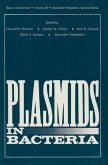
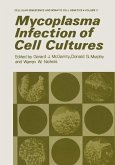
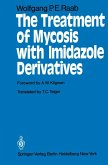
eBook, PDF
6. Dezember 2012
Springer Berlin Heidelberg

eBook, PDF
6. Dezember 2012
Springer Berlin Heidelberg

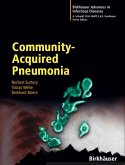
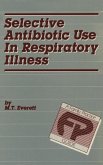
eBook, PDF
6. Dezember 2012
Springer Netherlands

eBook, PDF
6. Dezember 2012
Springer Berlin Heidelberg


eBook, PDF
6. Dezember 2012
Springer Berlin Heidelberg
Ähnlichkeitssuche: Fact®Finder von OMIKRON
